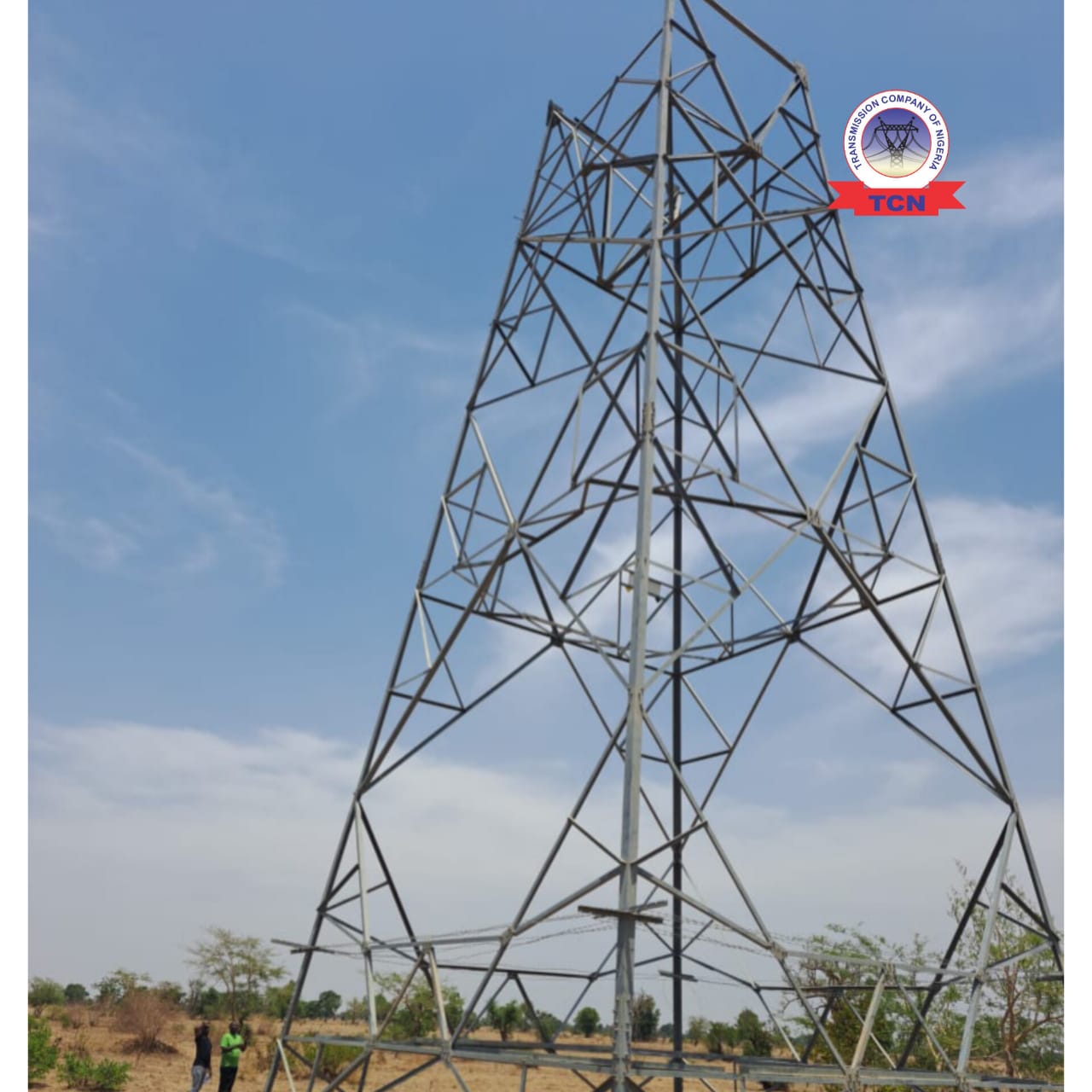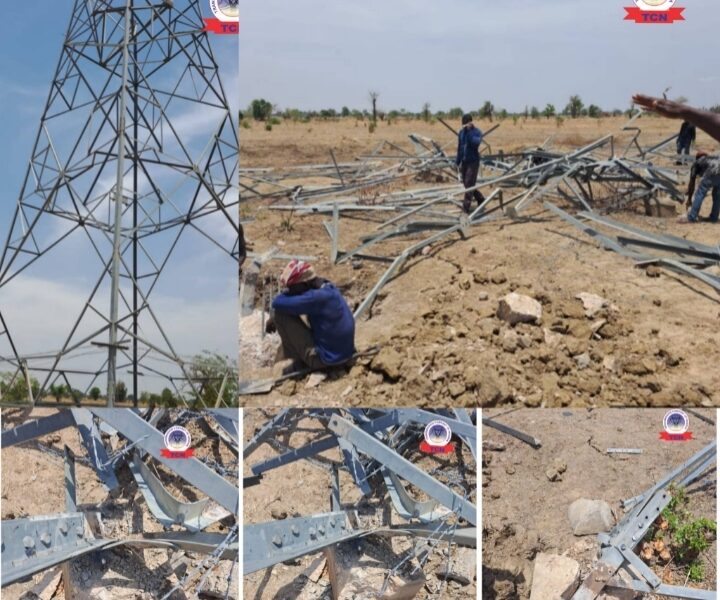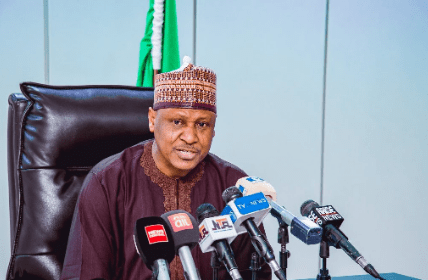TCN Mobilizes Rapid Response to Restore Collapsed Transmission Towers on Kainji-Birnin Kebbi Line
This post has already been read 2116 times!
The Transmission Company of Nigeria (TCN) has initiated swift remedial action to restore power infrastructure after three towers along the critical 330kV Kainji-Birnin Kebbi transmission line collapsed on May 7, 2025, following severe windstorms.
According to a statement released by TCN’s General Manager of Public Affairs, Ndidi Mbah, the collapse occurred at approximately 5:35 pm and significantly disrupted the transmission of bulk electricity to parts of the northwest, particularly affecting customers under the Kaduna Electricity Distribution Company (Kaduna DisCo).
In an urgent move to mitigate the impact of the collapse, TCN has deployed three contractors to the site. Each contractor has been assigned the task of reconstructing one of the affected towers, a tactical approach aimed at expediting restoration efforts. 
“This strategic deployment aims to accelerate the restoration process and minimize downtime on the line,” the statement read.
While full capacity on the 330kV line remains unavailable, interim measures have been put in place to support affected areas. TCN disclosed that Sokoto and Birnin Kebbi are currently receiving between 6 megawatts (MW) and 7MW of bulk power through an alternative route via the 132kV Mando-Zaria-Funtua-Gusau-Talata Mafara-Sokoto-Birnin Kebbi transmission line, which feeds from the Mando Transmission Substation.
The company acknowledged the inconvenience caused by the incident and appealed for public patience as the reconstruction efforts continue.
“TCN appreciates the patience and understanding of the affected communities as contractors work assiduously with our supervising engineers to rebuild the towers and restring the 330kV transmission line,” the statement continued.
No timeline for completion was provided, but TCN reaffirmed its commitment to restoring full power supply as swiftly as possible.
The incident underscores the vulnerability of critical infrastructure to extreme weather events and highlights the importance of resilient engineering and prompt disaster response strategies in Nigeria’s power sector.







